Mites on Fuzzy Leaves
hornetwife
16 years ago
Related Stories
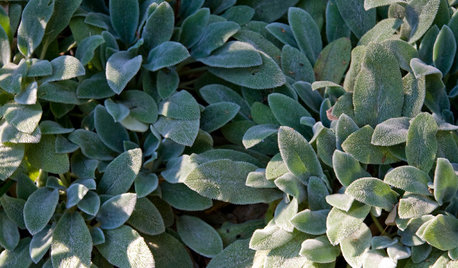
FOLIAGEThe Right Touch: 13 Soft, Fuzzy Plants for Gardens and Pots
Brush a hand on velvety foliage or fluffy plumes for a sensory garden experience beyond sight and smell
Full Story
HEALTHY HOMEWhat You Need to Know About Dust and How to Fight It
Breathe easier with these 10 tips for busting mites, dander and other microscopic undesirables
Full Story
LIFEHouzz Call: What Makes Your House Feel Like Home?
Sometimes just one thing gives you that warm and fuzzy feeling. Let us know what it is for you
Full Story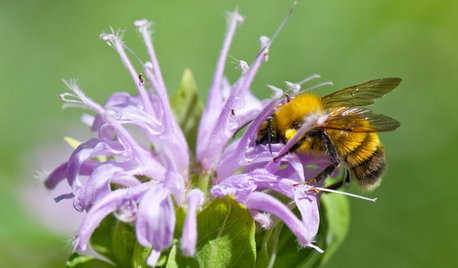
GARDENING GUIDESSupport Bumblebees by Providing Forage in 3 Seasons
Bumblebees are fascinating and fun to observe foraging in gardens. Find out how to create a buffet for these fuzzy, charismatic bees
Full Story
ACCESSORIESWool: A Wonderful Gift from Nature
Enjoy the fuzzy look and warmth of wool on furniture, accessories and floors
Full Story0
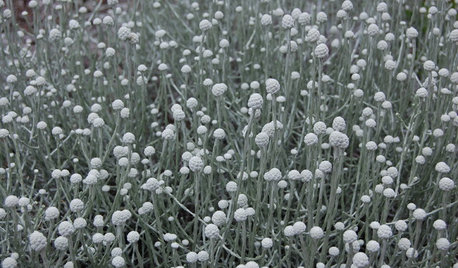
BLUE AND GRAY FOLIAGEGreat Design Plant: Cushion Bush
Fuzzy and otherworldly, this white mounding shrub lights up gardens through all four seasons
Full Story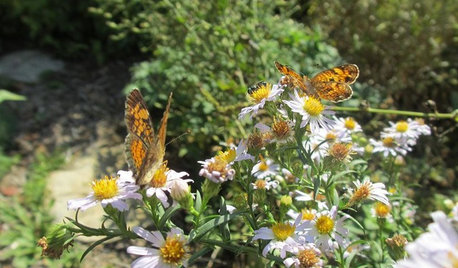
GARDENING GUIDESAn Ode to Autumn in the Garden
We pause to celebrate the light, the leaves, the blooms and living in the moment
Full Story
GARDENING GUIDES10 Native Wildflowers With Unique Foliage
When the flowers fade, these leaves keep the garden looking good
Full Story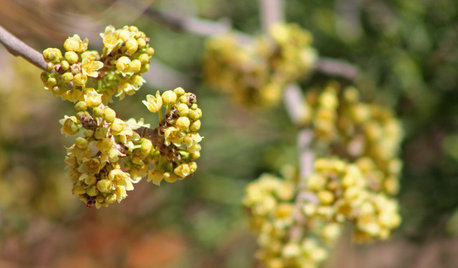
GARDENING GUIDESGreat Design Plants: Rhus Trilobata
Plant skunkbush sumac for its brilliant fall color, and tiny late-winter flowers that provide food for pollinators
Full Story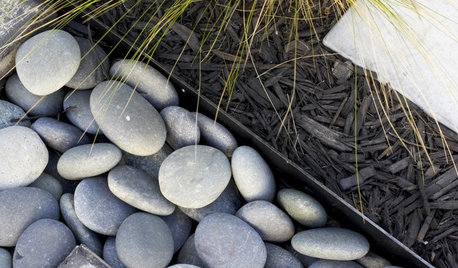
GARDENING AND LANDSCAPINGGarden Design Essentials: Texture
A delight to touch and see, landscapes with texture use dimension and definition to create pleasing design contrasts
Full Story





jeannie7
rhizo_1 (North AL) zone 7
Related Discussions
Gray fuzzy patches--fungus, or some kind of mite?
Q
mites? my episcia has fuzzy and dense new growth
Q
Lobed Leaves & Fuzzy Stems?
Q
Fuzzy, Toothed Leaves?
Q
hornetwifeOriginal Author
hornetwifeOriginal Author
rhizo_1 (North AL) zone 7
hornetwifeOriginal Author
jeannie7
hornetwifeOriginal Author
watergal